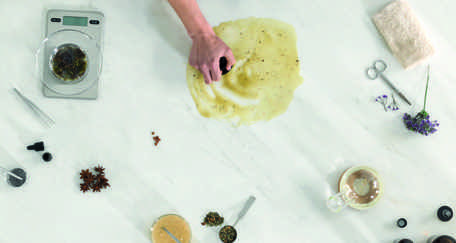What Goes Into Making High-Quality Tiles?
Tiles are more than just functional surfaces; they are integral design elements that add beauty, durability, and value to any space. But have you ever wondered what goes into making high-quality tiles? Behind every perfect tile lies a blend of raw materials, meticulous craftsmanship, and innovative technology. Let’s take a closer look at the journey of a tile, from raw materials to the finished product.
1. Selecting the Right Raw Materials
The foundation of high-quality tiles begins with carefully selected raw materials. The primary components include:
Clay: Most tiles are made from natural clay, with kaolin often preferred for its purity and plasticity.
Silica and Feldspar: These minerals help the tile achieve its hardness and strength during the firing process.
Additives: Materials like talc or bentonite are added to enhance flexibility and reduce cracking.
Pigments: For colored tiles, mineral-based pigments are used to achieve vibrant and lasting hues.
Each material is tested for consistency, quality, and compatibility to ensure the end product meets rigorous standards.
2. Mixing and Shaping
Once the raw materials are sourced, they are blended into a fine powder or slurry. Water is often added to form a malleable mixture. This mixture is then shaped into tiles using one of the following methods:
Pressing: High-pressure molds shape the mixture into tiles, ensuring uniformity and density.
Extrusion: The material is pushed through a mold to create tiles with specific shapes or patterns.
Precision in this stage is crucial, as it sets the foundation for the tile’s durability and design.
3. Drying and Firing
The shaped tiles are dried to remove moisture, reducing the risk of cracks during firing. Next, they are fired in kilns at temperatures ranging from 1,000°C to 1,400°C. This process, called vitrification, is key to achieving the desired hardness, water resistance, and durability. High-quality tiles often undergo multiple firings, particularly if they have intricate designs or glazes.
4. Glazing and Finishing
For tiles that require a glossy or matte finish, a layer of glaze is applied before the final firing. Glazes not only enhance the tile’s aesthetic appeal but also improve resistance to stains, moisture, and wear. Unglazed tiles, often used for outdoor or industrial applications, rely on their natural strength and texture.
5. Quality Control
High-quality tiles are subjected to stringent quality control checks at every stage of production. This includes:
Dimensional Accuracy: Ensuring the tiles are uniform in size and shape.
Surface Quality: Inspecting for chips, cracks, or imperfections.
Performance Tests: Testing for water absorption, slip resistance, and strength.
6. Design Innovation
Modern manufacturing techniques allow for stunning designs and patterns. Digital printing technology has revolutionized the industry, enabling manufacturers to replicate the look of wood, stone, and other materials with incredible precision.
High-quality tiles are the result of a perfect balance between raw materials, skilled craftsmanship, and advanced technology. By understanding the effort and expertise involved in their production, we can better appreciate their value and beauty in our homes and spaces.


